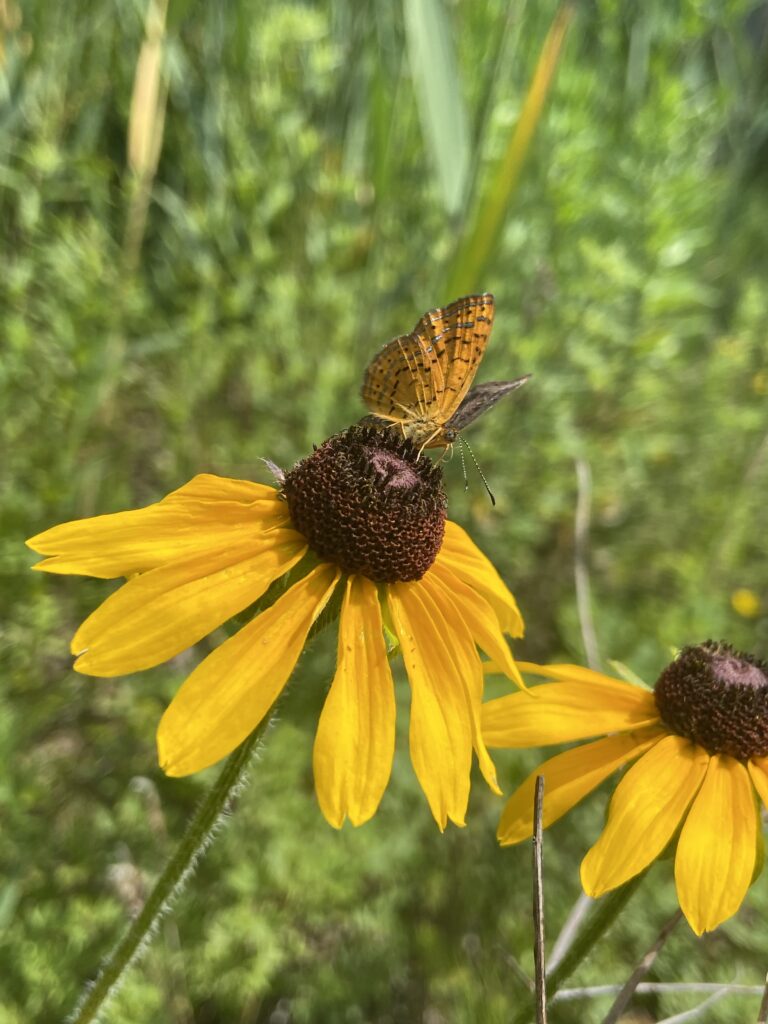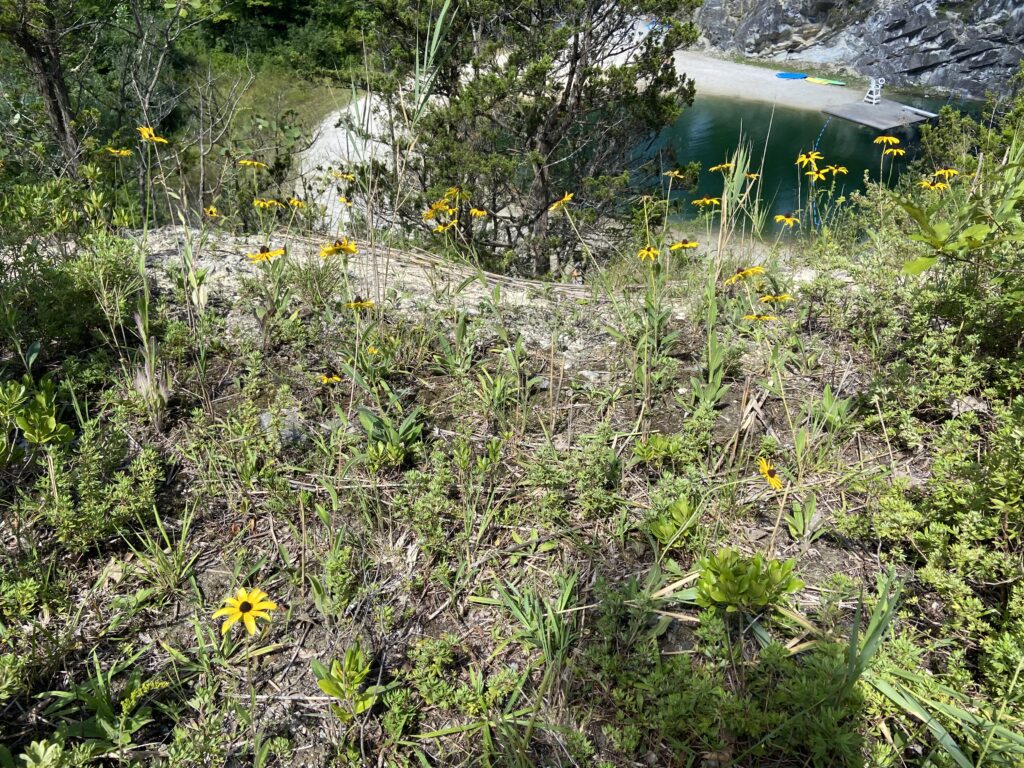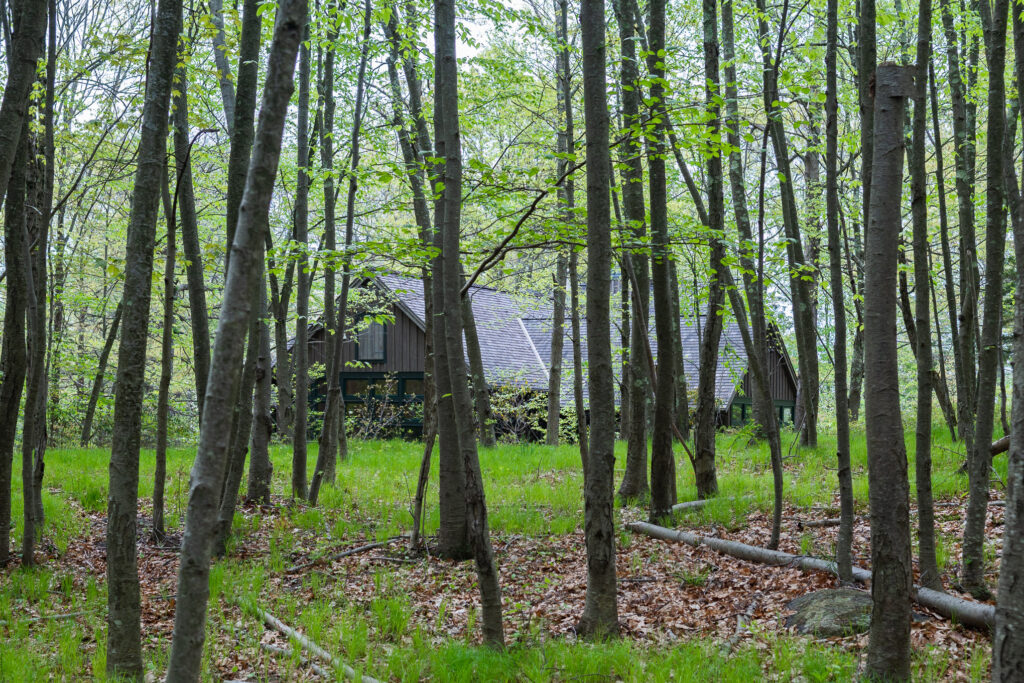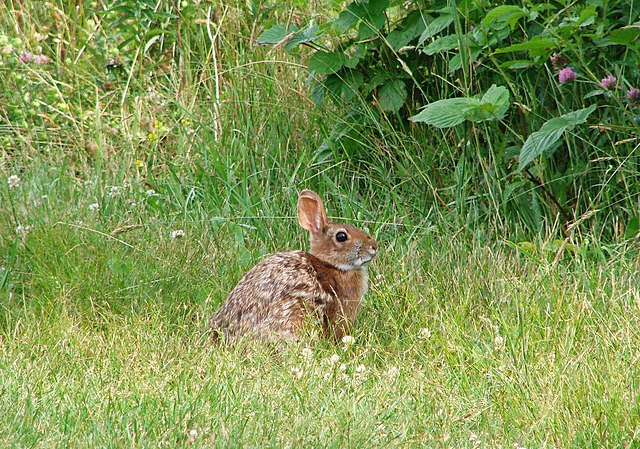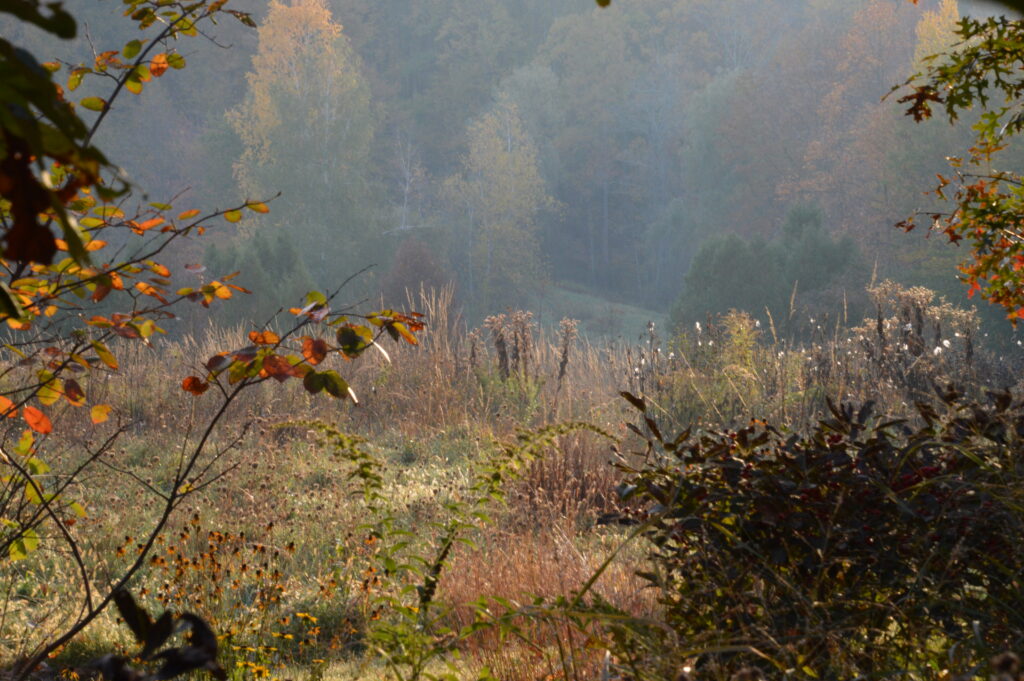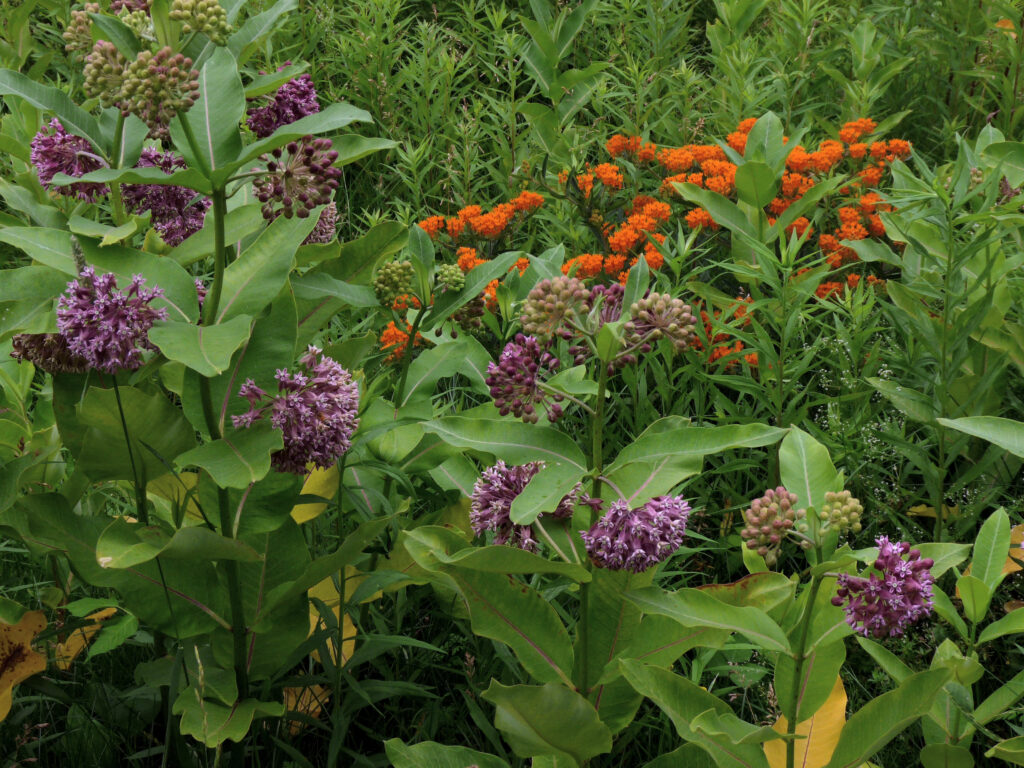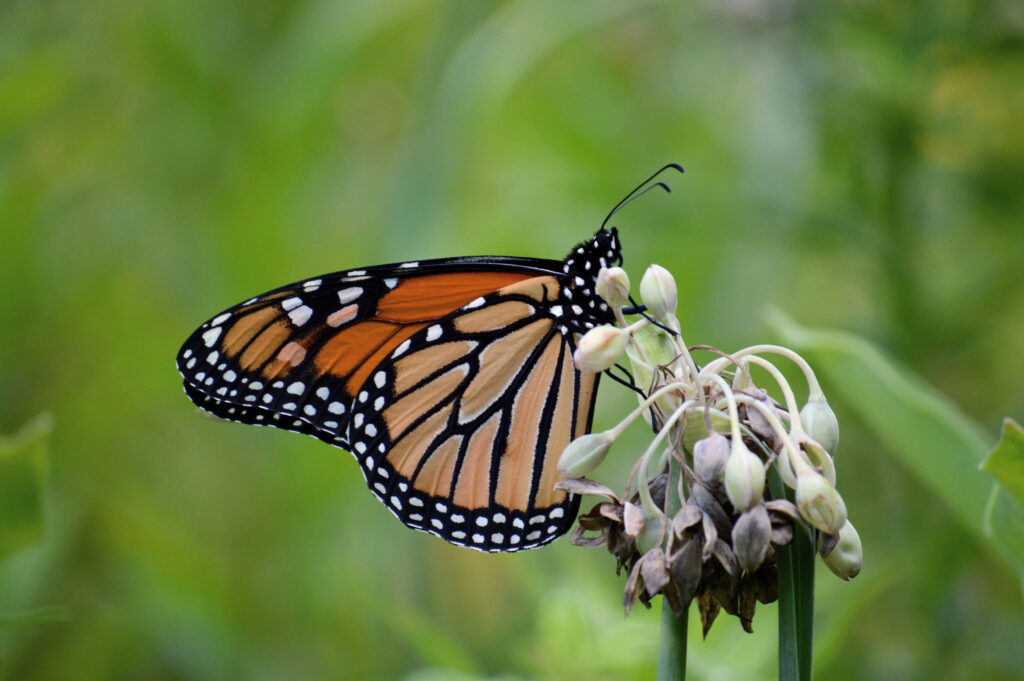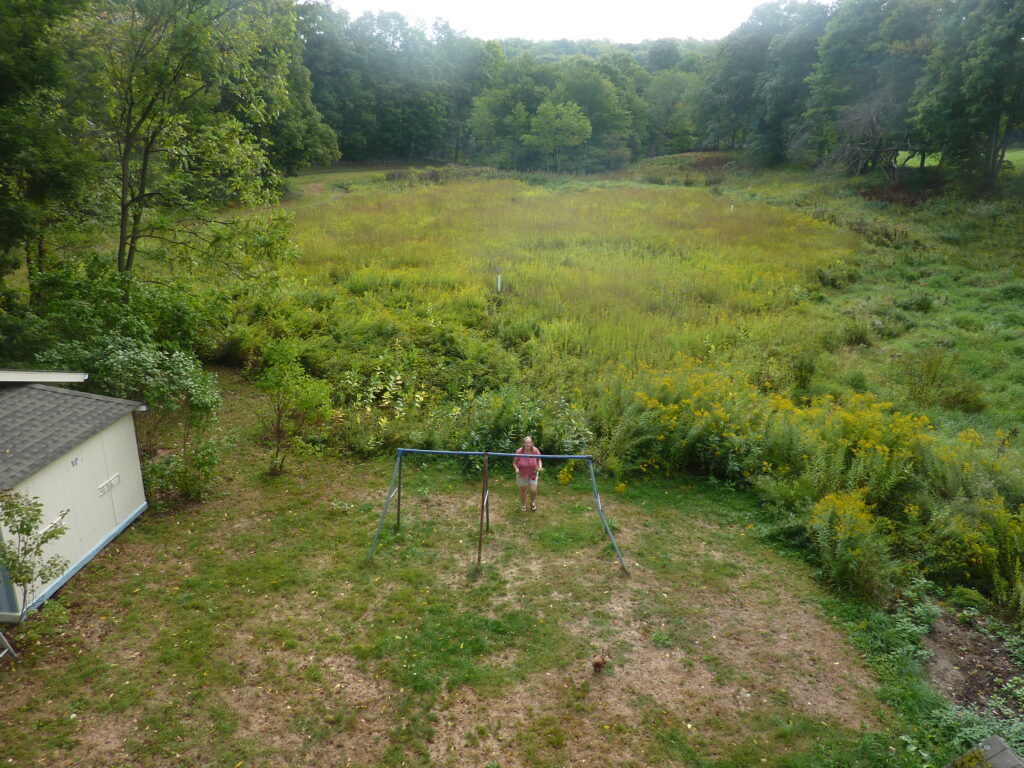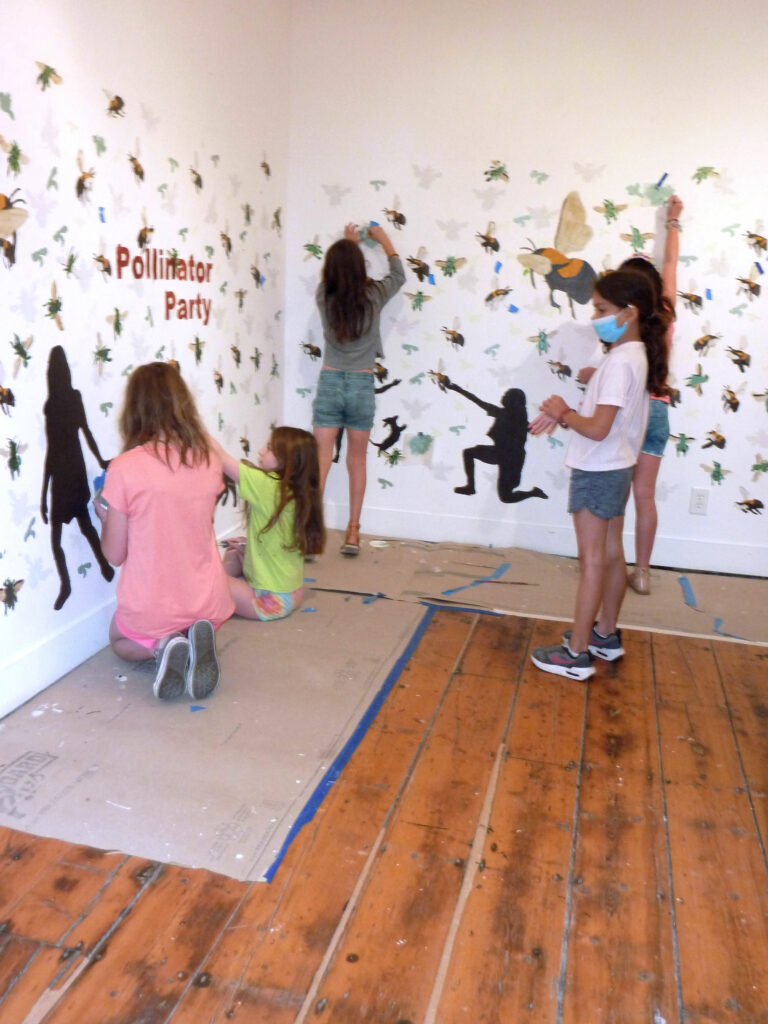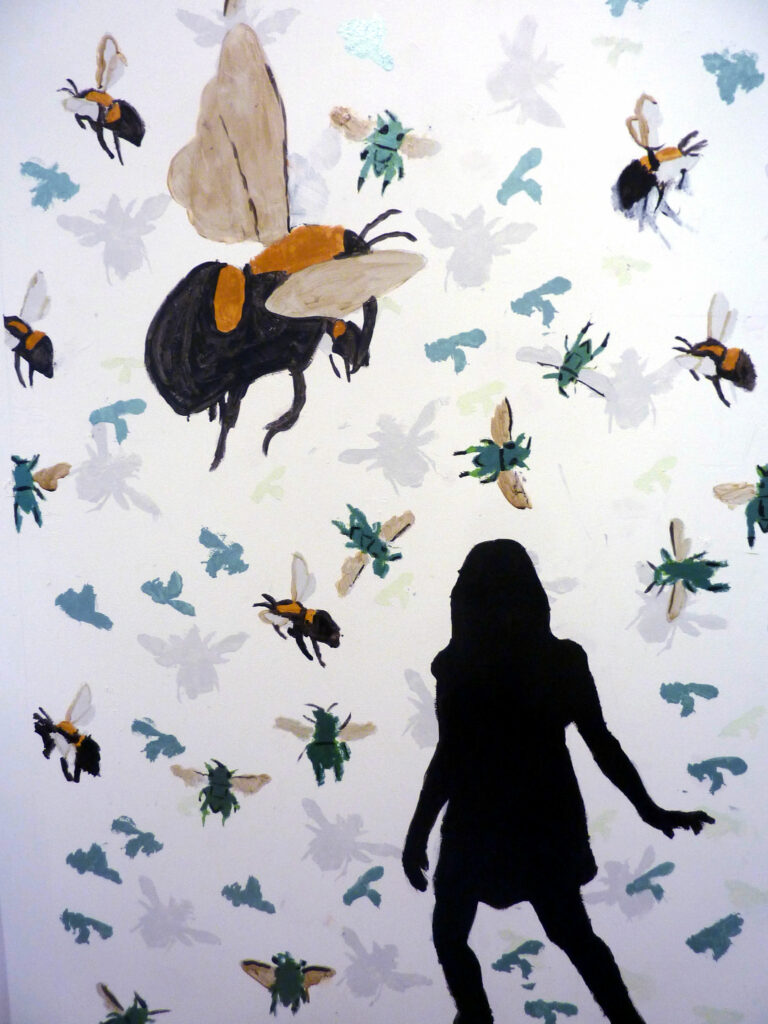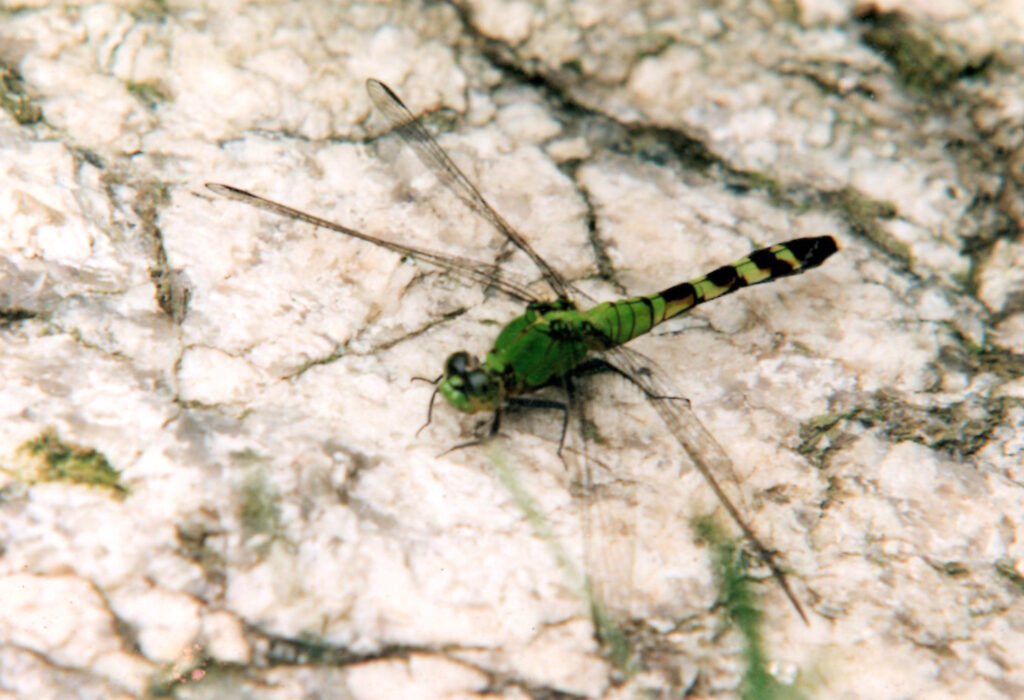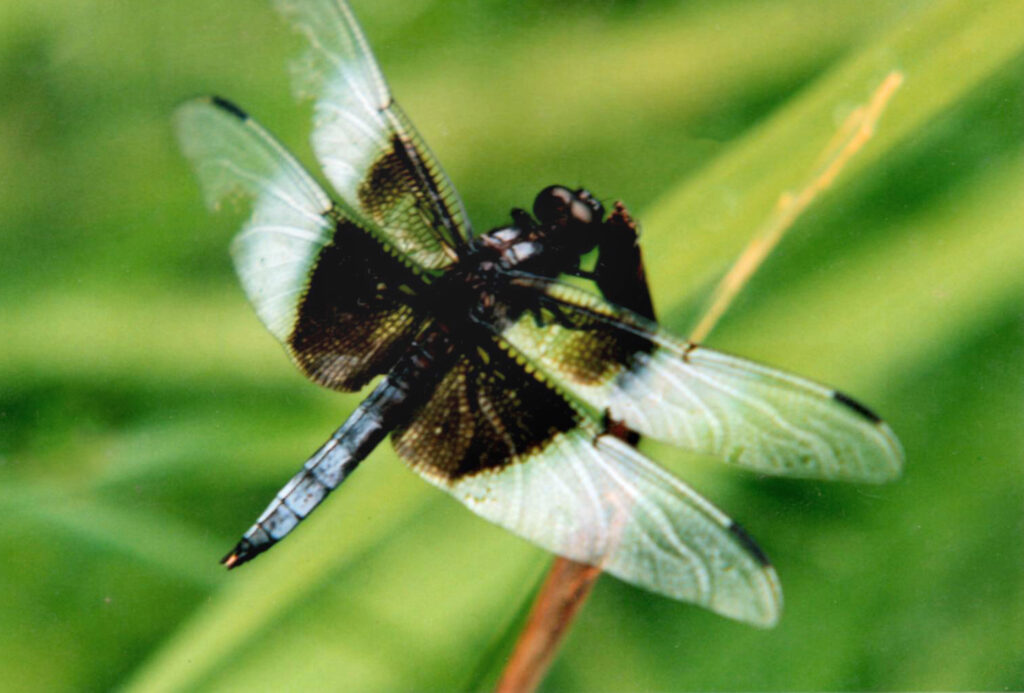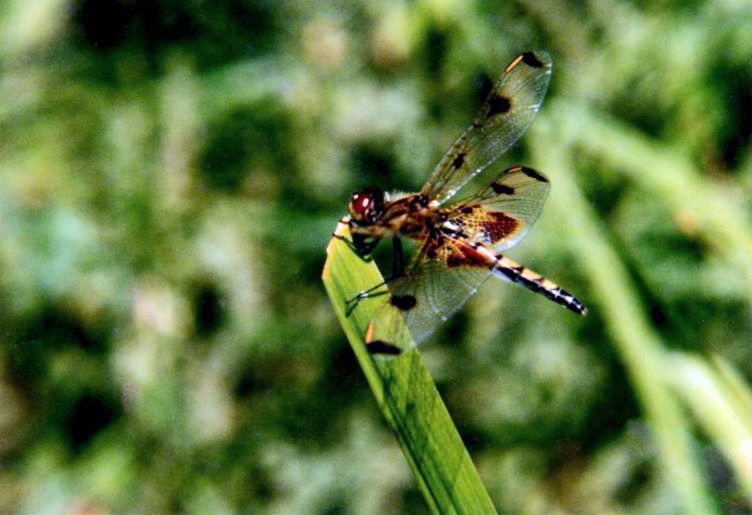Every year for nearly 20 years, Highstead has welcomed young and bright minds onto their team through their Fall Conservation Internship Program. The program gives aspiring conservationists, students, and recent graduates an opportunity to gain experience in the conservation field while also providing Highstead with fresh ideas and energy from the next generation. This September through December, Highstead welcomes conservation interns, Autumn Carson as the Communications and Events Intern, Sylvia Holland as the Conservation Finance Intern, and Cliff Sheehan as the Geographic Information Systems (GIS) Intern.
After adjusting to their new roles, Autumn, Sylvia, and Cliff sat down for a Q&A to share a bit about their personal and professional backgrounds, aspirations for the internship, and more.
Autumn Carson (She/Her) – Communications and Events Conservation Intern

Tell us a bit about your background.
I was born and raised in the metro-Detroit area of Michigan and moved to East Lansing, Michigan when I was 17 to attend Michigan State University. I graduated with a BA in Global Studies in the Arts and Humanities and a double minor in Religious Studies and Environment and Sustainability Studies. I did college ministry for a couple of years after I graduated, but I always knew that I wanted to pursue a career in the environmental field. Recently, I started grad school at Virginia Tech where I’m pursuing a Masters of Natural Resources.

What drew you to the Highstead internship program and what do you hope to gain from your time here?
I really appreciate Highstead’s commitment to environmental conservation and stewardship, especially through collaborating and partnering with individuals and organizations with similar missions. I’m excited for the opportunity to exercise and grow my communications skills while working with and learning from such experienced and passionate people at Highstead.
What skills and experiences will you bring to the Highstead team?
In my previous role as Care and Connection Coordinator at Riverview Church, a lot of my responsibilities mirrored those of my current position at Highstead. I was involved in a lot of the behind-the-scenes work for planning, organizing, and executing both online and in-person events. I was also responsible for running our social media accounts, so I have experience developing and curating engaging content for social media platforms.
What are some of your hobbies and passions outside of work?

My favorite thing to do is go to concerts by myself! I love seeing my favorite artists live and on stage, and so far, I’ve seen 21 of my favorite musicians over the last 12 months (my favorites have been Lauv, With Confidence, Blake Rose and HARBOUR).
Outside of that, I really enjoy swimming, hiking, hammocking, hot yoga and playing the guitar. During the first wave of stay-at-home orders in Michigan, I learned how to longboard and play the ukulele, so I also do those in my free time as well.
Sylvia Holland (She/Her) – Conservation Finance Intern
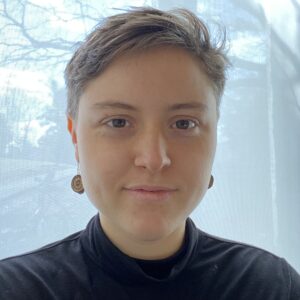
Tell us a bit about your background.
I’m a recent graduate of Wellesley College with a bachelor’s degree in Environmental Studies. I grew up in the Green Mountains of Vermont and later moved to mid-coast Maine where I raise goats and keep honeybees.
What drew you to the Highstead internship program and what do you hope to gain from your time here?

Working closely with Highstead’s passionate and encouraging team has been the highlight of my internship so far. I’ve also enjoyed diving deeper into conservation finance research and engaging with projects with real-world ramifications. Highstead is also a hub of conservation activity, and I very much look forward to continuing to collaborate with people and organizations across New England.
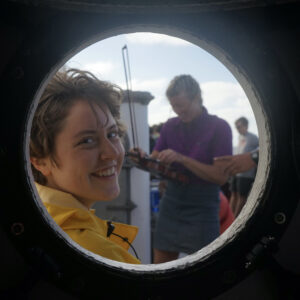
What skills and experiences will you bring to the Highstead team?
When I graduated college, I wanted to become a scientific communicator. I’m skilled at reading dense reports or pieces of policy, pulling out key bits of information, and creating digestible presentations that empower communities and organizations. I’m also a good listener and am dedicated to hearing all the points of view on a topic and finding common ground.
What are some of your passions and hobbies outside of work?
I love playing the fiddle, knitting, and biking, and have recently been trying to learn to pickle farmers’ market produce.
Cliff Sheehan (He/They) – GIS Conservation Intern
Tell us a bit about your background.

I was born and raised in Cincinnati, Ohio, where I first fell in love with conservation at the Cincinnati Zoo and Botanical Garden. I attended Duke University and graduated in 2021 with a Bachelor of Science in Environmental Science with a concentration in Marine Science and a minor in Biology. I spent my senior year at the Duke University Marine Laboratory in Beaufort, North Carolina where I took a number of field science courses and completed my senior thesis with the Marine Robotics and Remote Sensing Laboratory. After graduating, I worked as a field technician for the Seagrass Ecology Lab and the Craboratory at the University of Southern Mississippi.
What drew you to the Highstead internship program and what do you hope to gain from your time here?
Highstead’s focus on science-informed conservation, its collaborative approach to accomplishing its mission, and its intentional inclusion of diversity, equity, and inclusivity in all their projects is what drew me to their internship program. Through this internship, I hope to gain more experience working with diverse parties to advance equitable conservation, grow my GIS skillset, and explore potential career opportunities.
What skills and experiences will you bring to the Highstead team?

I believe my time at the Duke University Marine Laboratory will benefit the Highstead team because it exposed me to the technical side of science and conservation. I was given the chance to explore the use of uncrewed aerial vehicles and remotely operated vehicles in environmental science and conservation, as well as spatial analysis using Esri platforms and open-source technologies, and machine learning. I hope to expand Highstead’s capacity to provide technical support for its partners.
What are some of your passions and hobbies outside of work?

I love rock climbing, especially in the Red River Gorge in Kentucky. I’ve been climbing since my Dad took me to the Gorge when I was 13.
Outside of that, I grew up swimming competitively, but took up running in high school for fun in the off seasons. I’ve never been particularly fast, but I’ve really enjoyed running long distances. In 2017, I ran my first half marathon, my first marathon in 2019, and my first multi-event running challenge in 2021. I also love learning new things! Over the past couple of years, I’ve learned to fish, bake, decorate cakes, knit, and crochet; I am now taking recommendations for new hobbies to try.
